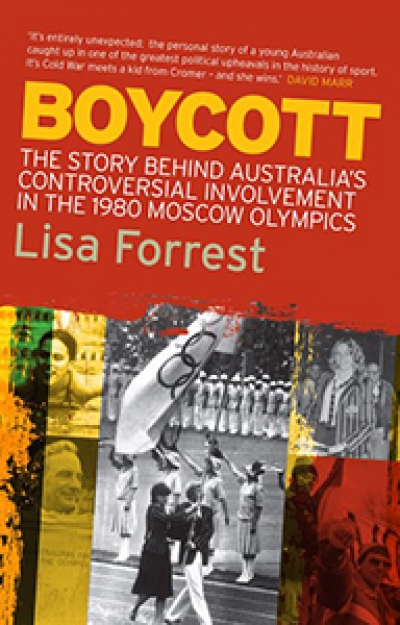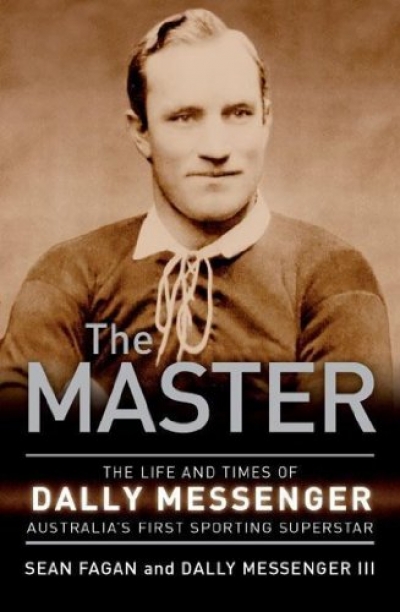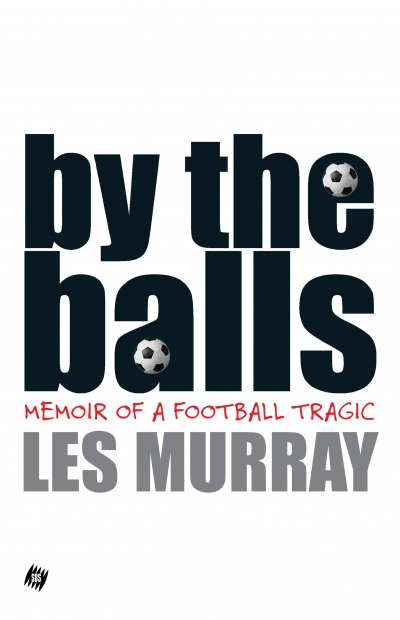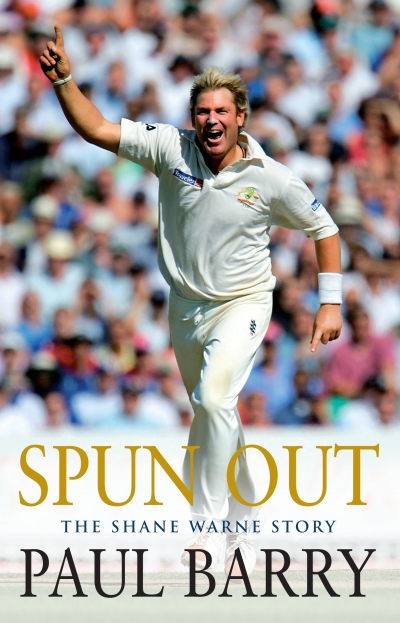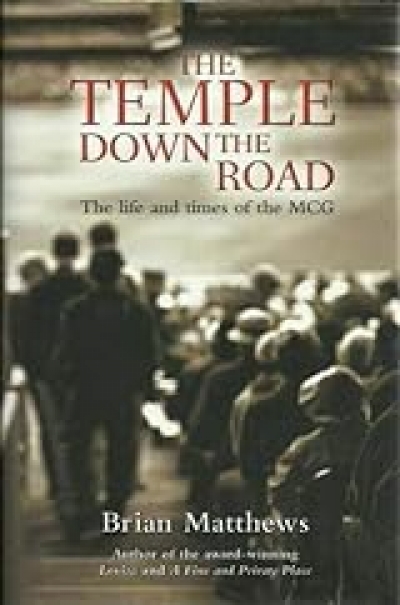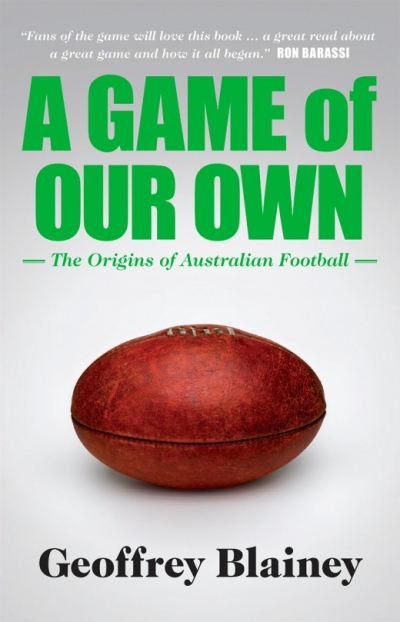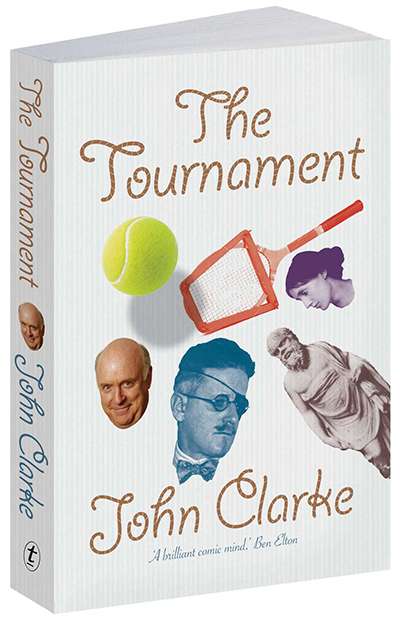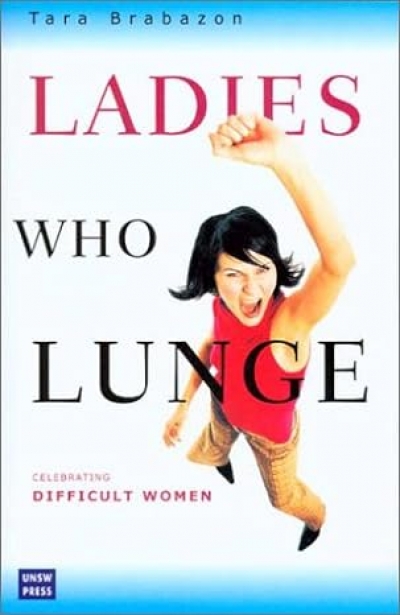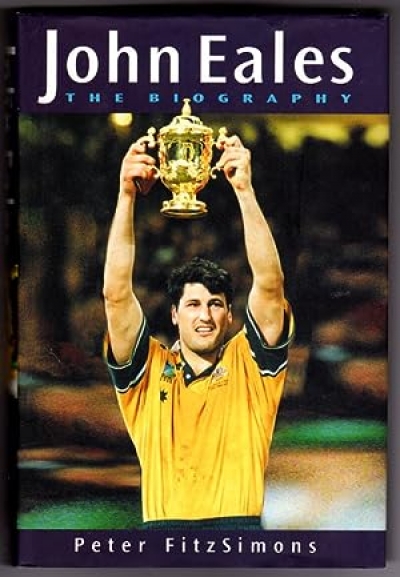Sport
Boycott: The story behind Australia’s controversial involvement in the 1980 Moscow Olympics by Lisa Forrest
by Brian Stoddart •
The Master by Sean Fagan and Dally Messenger III & The Ballad of Les Darcy by Peter FiztSimons
by Braham Dabscheck •
By the Balls: Memoir of a football tragic by Les Murray
by Jay Daniel Thompson •
A Game of Our Own: The origins of Australian football by Geoffrey Blainey
by Brent Crosswell •
Ladies Who Lunge: Celebrating difficult women by Tara Brabazon
by Natalya Lusty •
Personal Best edited by Tessa Duder and Peter McFarlane
by Garry Disher •

